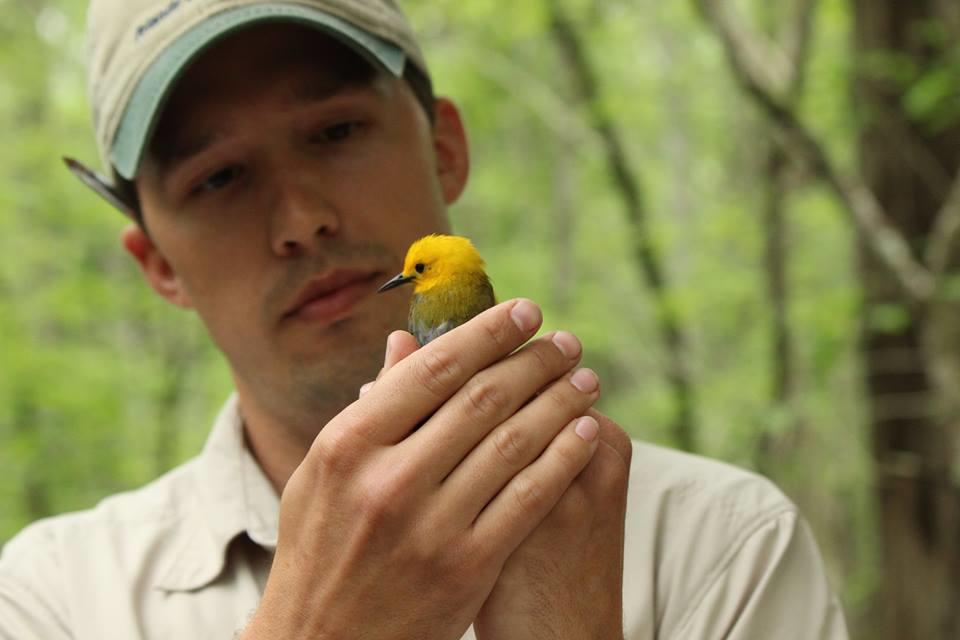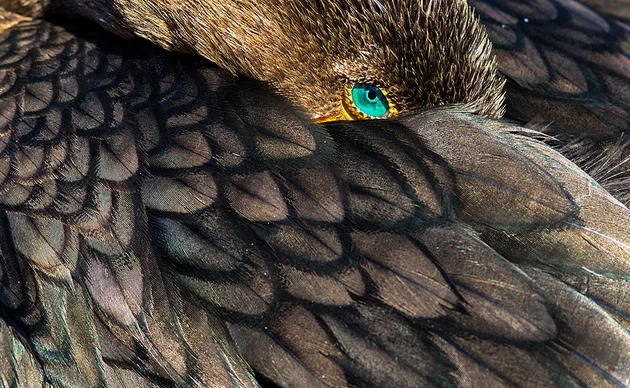Project Protho

There’s only one way to know where a migratory bird overwinters: strap a tiny tracking device to its back.
Why bother? Because that’s the only way we can protect the birds both here, and there. It’s called “full lifecycle conservation,” and it’s been the basis of some amazing success stories.
The Bahamas, for example, are a paradise for seabirds and shorebirds: federally-listed Piping Plovers, federally-threatened Red Knots, Reddish Egrets, Clapper Rails, and more. So Audubon recently teamed up with the government of the Bahamas to protect 92,000 acres there, just for the birds.
Inspired by this success story, Audubon South Carolina started tracking a bird that’s near and dear to our hearts, the Prothonotary Warbler. One-quarter of “prothos” worldwide need South Carolina habitat to survive.
Yes, we’ve got to protect local habitat. But that's not enough. We’ve also got to find out where prothos winter in order to arrest a population decline of more than 40 percent since the 1960s.
So we’re now capturing prothos at Beidler Forest — eight of them in 2016 — and attaching tiny electronic "backpacks." In 2017 we recaptured and gathered data from several of those birds, and in 2018 we'll expand the effort to a large Santee Cooper property in Moncks Corner. What we learn will be combined with data from similar investigations throughout the Southeast.
Eventually we hope to partner with bird lovers wa-a-ay south of here . . . to make sure these cheerful yellow birds continue to return to Beidler year after year.
Want more details? Check out the press clips below. Want to volunteer? Please be in touch!
- New Audubon Study Reveals Prothonotary Warbler 5,000 Mile Migration Path For First Time
- ‘Longshot’ Bird Beats Big Odds
- Three Amazing Facts About Prothonotary Warblers and a Citizen-Science Project You Can Join
- Oh So ‘Tweet’: Effort Underway to Band, Track Songbirds at Old Santee Canal Park
PROJECT CONTACT: Matt Johnson, mgjohnson@audubon.org.
Sanctuaries
Plan a trip to one of Audubon South Carolina's two wildlife sanctuaries in the state.




